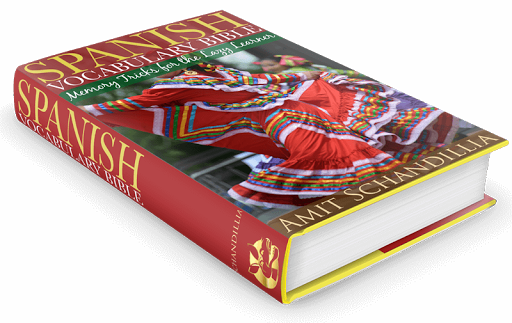The noob way
 |
| Spanish speakers and siesta are inseparable Photo credit: Spot Us licensed CC BY-SA 2.0 |
Me voy a tomar una siesta.
I’m going to take a nap.
¿Tomó una siesta?
Did she take a nap?
Tomar is not your only option. You could also go with hacer and nothing will change. Tomar means to take and hacer means to make or to do. “Make a siesta,” “take a siesta” – same thing in Spanish.
Se fue a hacer una siesta.
She went to take a nap.
And in case you want to be more time-agnostic, you could also go with something like this:
Me voy a dormir.
I’m going to sleep.
That wasn’t rocket science, now, was it? This is the most pedantic way of expressing the will to snooze in Spanish, the way grammar books mandate. And a very unimpressive at that. Who speaks like that? Rookies like you. Mexican street Spanish is way cooler than that. Native speakers have a style of their own and that’s not something you learn in the classroom. The last one in particular is painfully bland, don’t you think? But since we’re dealing with Spanish, there’s more than one way to skin the cat and spice up your conversation.
Coyote cubs and quick naps
 |
| In Mexico, taking a nap is echarse un coyotito Photo credit: Rulo Luna Ramos licensed CC BY 2.0 |
But seriously, what’s the deal with coyotes and sleep? However absurd, every idiomatic expression has to have a backstory. This one does too. Coyotes, for those of you who aren’t familiar with them, are native to the Americas – Mexico in particular. So, that’s one part of the correlation. The other part is the fact that coyotes are nocturnal, not unlike most predators, which means they sleep all day. Well, mostly. And since siestas are also done while the sun shines, typically afternoons, the dude taking a nap can be and is thought of as pulling a coyote act. Quite contrived, I admit, but that’s how idioms roll.
And what about echar? Doesn’t it mean to throw? Feel like mimicking a baby coyote and going for a siesta. By all means go ahead. But why toss up the animal? Just like almost every English verb has multiple meanings depending on the context, Spanish verbs do too. Echar, if you look it up in the dictionary, also means to leverage something, perhaps for a launch. This is figuratively not unrelated to throwing which is also related to starting. Remember kick-start? Yes, they’re all metaphorical relatives. So, in our context here, echar is best translated as to start or even better, to do. That’s how echar works in expressions like this:
Me voy a echar una comidita.
I’m going to get me some snacks.
Now that you know what echar and coyotito actually refer to here, it should be a cakewalk to picture the expression as an act of doing what a coyote cub does, i.e. taking a nap. You could also go with just coyote here but coyotito adds a little extra flair since even if the mama coyote might choose not to sleep, the little ones certainly have no business staying up all day unless they’re hungry. So, how do you use it? Check out a few examples:
¿Por qué no echas un coyotito?
Why don’t you take a nap?
Voy a echarme un coyotito.
I’m going to take a nap.
Outside of Mexico
Alas, the wonderful expression we just learned only works in Mexico. You’re quite likely to draw a blank if you tried saying that elsewhere. But don’t lose heart just yet because other countries do colorful Spanish as well. The best way to sound local and yet be universally understood would be to replace coyotito with something more generic, such as sueño, sueñito, siesta, or siestecita.
To slightly step up your game while also ensuring comprehension, you can also try pestaña, Spanish for eyelash. And if you want to sound even more local, try the easiest formula – turn it into a diminutive! So, the expression becomes echarse una pestañita. When in Nicaragua, you’ll also hear pelón. Technically, pelón is a person with a lot of pelo, i.e. hair. Use your imagination to correlate a hairy man with an afternoon siesta but echarse un pelón is a surefire way to impress your Nica buddies.
Like I said, more than one way to skin the cat or, shall we say, a baby coyote. Spanish is littered with crazy expressions like this one and it’s always a good idea to master them as you advance as a learner. What you might lack in fluency or accuracy as a beginner, you might just manage to somewhat make up in colloquialism. Who doesn’t love to sound like the natives, at least in choice of words if not in accent?












.png)